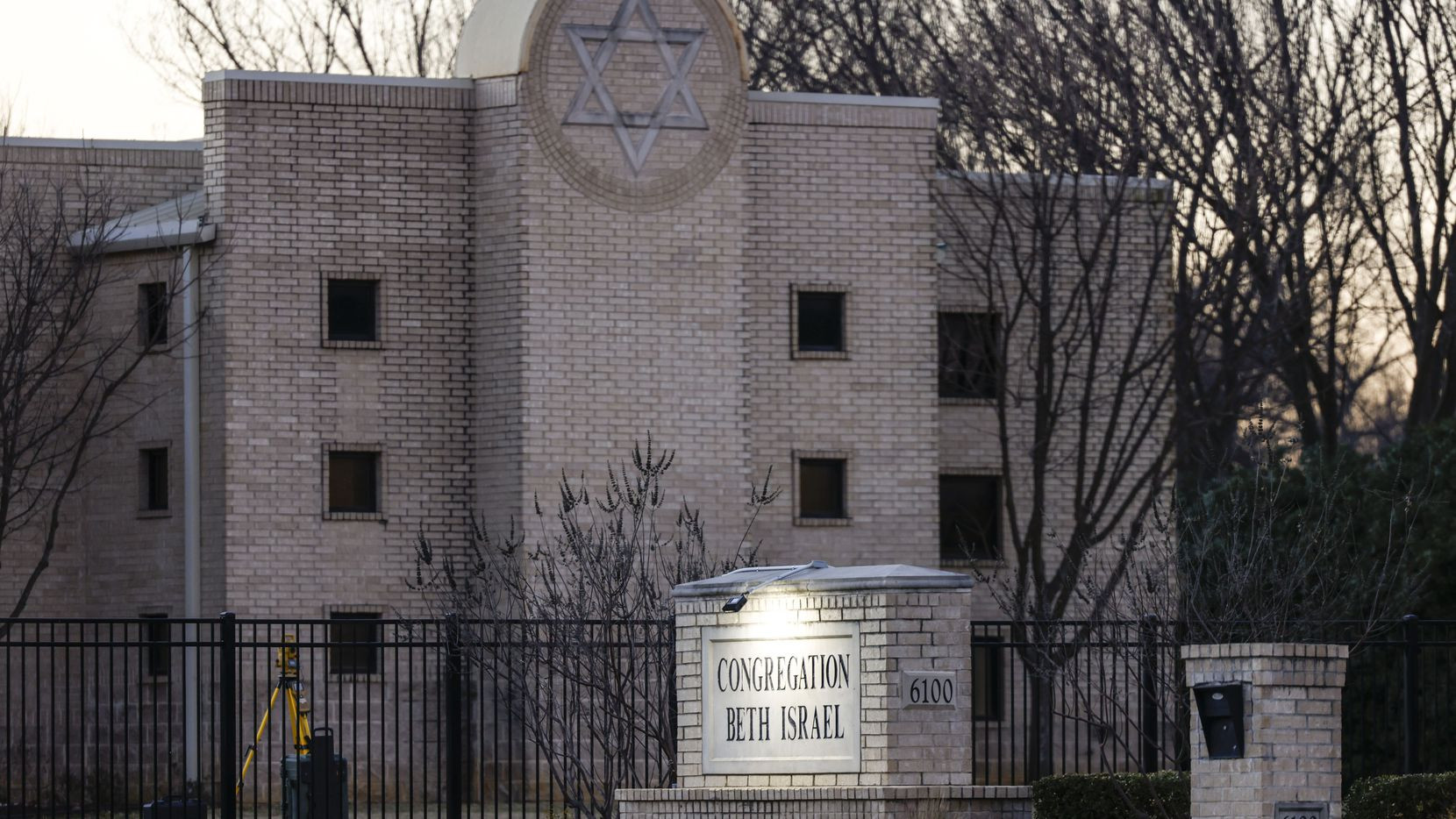International Holocaust Remembrance Day: Personal Reflections on the Fight Against Antisemitism

I had my final conversation with my grandfather a month before he died. On an apartment balcony overlooking the ocean—the one where he liked to say he could almost see Europe—I asked him then what he most remembered about our family trip to Poland and Germany a year prior. That was the trip we had taken to mark the 60th anniversary of his and my grandmother’s liberation from Nazi concentration camps.
There was no shortage of big things he could have chosen. We toured his still-standing elementary school. We stood on the actual street corner where he had been separated from his parents, never to see them again. We looked out on the grounds of Treblinka, the camp where his mother and two sisters had died.
But what stayed with him was something smaller. On a walking tour of Berlin, he had spotted a sign over a subway station entrance with the names of every Nazi death camp. Above the camp names was a heading, written in German, that translated to “we will never forget.” Looking back, he still couldn’t quite believe that a nation that had once taken nearly everyone and everything from him was pledging to honor the memory of those who were killed.
I thought about this conversation and about that sign during the news coverage of Congregation Beth Israel in Texas. After being held hostage for 11 hours, a rabbi and his congregants escaped from a gunman. We all breathed a sigh of relief. But now we hold once again hold our collective breath as we await the next attack, which may well end quite differently than this one.
We know that the next attack is coming because it’s always coming. There were 683 reported anti-Jewish attacks in the U.S. in 2020.
In 2019, there were 953.
In 2018, there were 835.
In 2017, there were 938.
In 2016, there were 684.
In 2015, there were 664.
In 2014, there were 609.
In 2013, there were 625.
In 2012, there were 674.
These numbers are startling on their face, even more so when you consider that—due to lack of reporting—they likely don’t come close to capturing the full extent of antisemitic crimes in this country. And, of course, they represent only a tiny fraction of antisemitic crimes committed throughout history. Wikipedia’s “Timeline of antisemitism” page begins with the year 740 BCE, which is nearly 3,000 years ago.
I understand why the “we will never forget” sign stayed with my grandfather. I also know that we, as a nation, are failing abysmally to live up to that mantra. A 2020 poll found that 63% of adults ages 18-39 surveyed in the U.S. did not know that six million Jews were killed in the Holocaust and 48% could not name a single Nazi concentration camp or ghetto. Perhaps most alarming, 11% believed that Jews were responsible for the Holocaust.
It always strikes me how well adherents of antisemitism know their history. The forces that led to the Holocaust—which was so unprecedented that the world had to invent a new word, genocide, in an attempt to somehow capture the scale of the atrocity—are the same ones that sparked anti-Jewish crimes thousands of years ago as well as just a few days ago. The times may change, the circumstances may change, the details may change—but the beliefs that lead to these acts of violence remain the same.
If the forces of antisemitism remain willing to learn about the past and act on their beliefs, shouldn’t those of us who oppose them do the same?
I teach a 7th grade Holocaust class at our temple’s Hebrew school; as the grandson of Holocaust survivors, teaching this class is one way I try to honor and live up to my family’s heritage. Like so many temples across the country, however, we must still battle the present even as we teach the past. We hear from law enforcement at our orientations each year. We have a police presence whenever school is in session. We have protocols for potential active threats inside the building. We pay fees and apply for grants to cover the cost of security upgrades.
But even turning every temple into a fortress wouldn’t be enough to stem the tide of antisemitism. So how do we do that?
I won’t pretend to know the answer to that question; it’s been an unanswerable question for millennia. But I do know the kind of behavior we should model to somehow find a way to get there.
Before he knew the man was a threat, Rabbi Charlie Cytron-Walker invited him inside because he looked like he needed help. He offered him tea. He sat with him and listened. When the threat became real, he still talked to him. And when every avenue for a peaceful resolution was blocked, he strategized an exit plan, rallied his troops, threw a chair at the gunman, and escaped to safety.
The rabbi’s actions that day—leading with his heart, living with compassion, expressing care for others, and when the situation called for it, becoming a fighter—capture the full extent of what it means to be Jewish and what it means to be human. My grandparents possessed all of those qualities in spades. In our own ways, and in our own worlds, all of us must aspire to reach those heights.